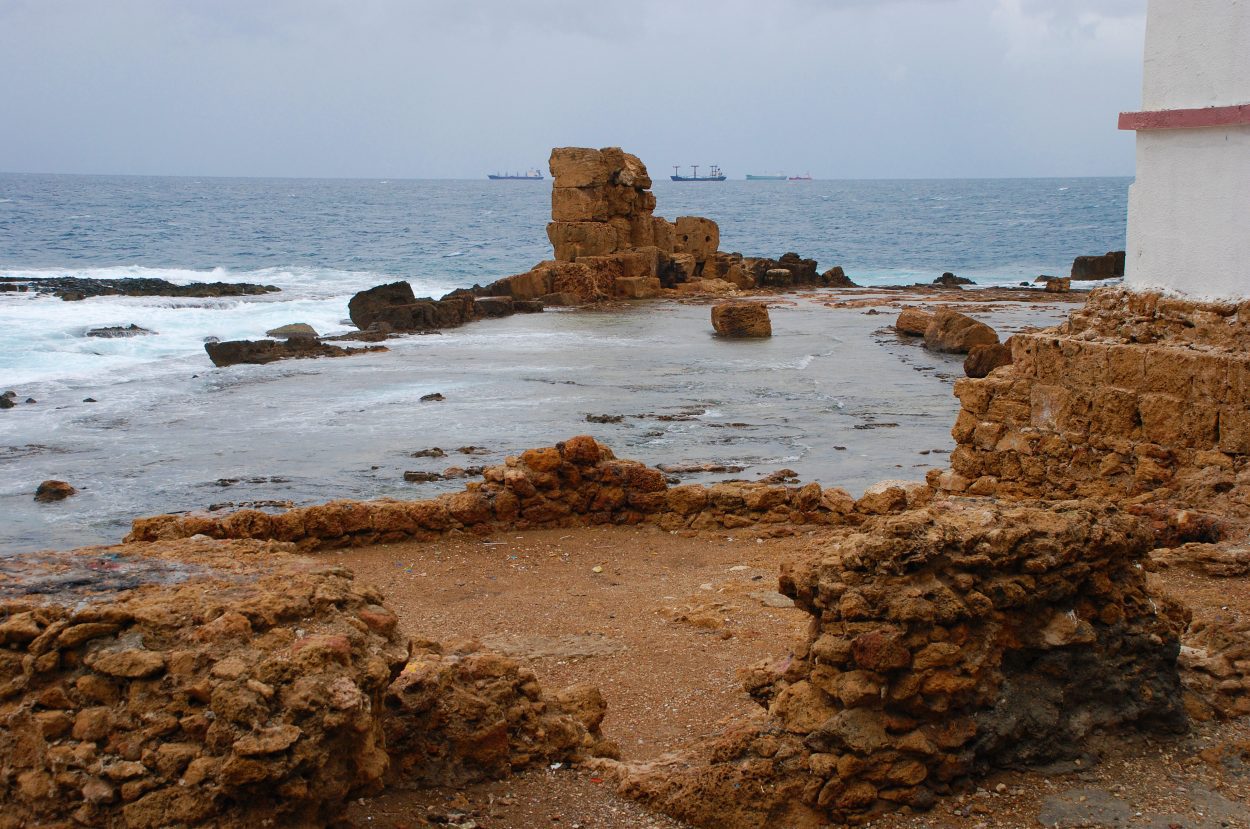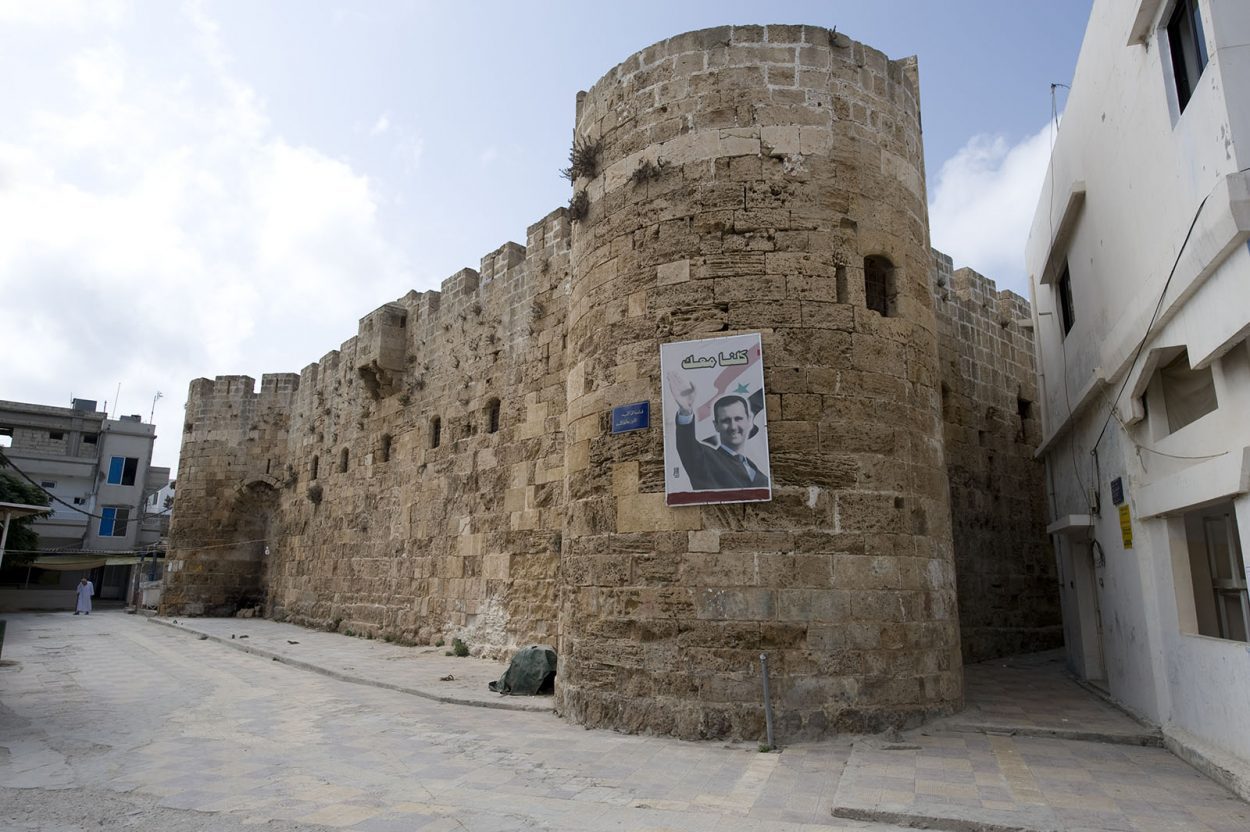Arward is a tiny island off the coast of Syria, that during the 13th century was the last remaining Templar stronghold in the Holy Land.
Measuring only 800 metres long by 500 metres wide, the island was first settled by the Phoenicians around the 2nd millennium BC, who established the city of Arwad that the Phoenicians called Aynook or Arvad.
The city served as one of the primary Phoenician trading centres in the region, ruled by its own dynasty of Arvadite kings, that held a hegemony over the neighbouring coastal settlements.
By the 3rd century BC, Arwad became a free independent city within the Seleucid kingdom after the collapse of dynastic rule, that historians describe as one of the first known examples of a republic in the Levant region.

The city of Aradus as it was then called during the Byzantine period became a Christian bishopric under Constantine the Great, and by the time of the Crusades was a Latin Church diocese whose bishop held the titles of Aradus and Maraclea.
By the 12th century, the strength of Christian rule in the Holy Land was diluted, in part by dissension among Christian factions and internecine feuds, and by the partial unification of the Islamic world with effective leaders such as Saladin annexing Christian territories.
The loss of Jerusalem and key strongholds to the Ayyubid dynasty forced the Knights Templar (also known as the Poor Fellow-Soldiers of Christ and of the Temple of Solomon) to relocate to outlining city strongholds such as Acre, Tortosa and Atlit, but these too fell in the 13th century, resulting in their headquarters moving to Limassol on the island of Cyprus.
In the early 14th century, Pope Clement V awarded ownership of Arward to the Templars, to be used as a bridgehead or staging area for retaking the Holy Lands. The Templars maintained a garrison of 120 knights, 500 bowmen and 400 Syrian helpers, under the Templar Maréchal (Commander-in-Chief) Barthélemy de Quincy stationed in the islands fortress of Ruad.

Ruad was the last Templar base in the Levant, posing a considerable threat to the Mamluks, who sent a fleet of 16 ships to besiege the island in 1302. The Templars repelled several attacks, but succumbed to starvation and negotiated a surrender to the Mamluks on the condition of safe conduct to Christian lands.
After they emerged from the fortress walls, the Mamluks failed to honour the agreement and Barthélemy de Quincy was killed, whilst all the bowmen and Syrians were systematically executed. Contemporary accounts in the Cypriot chronicles state that the remaining Templars were taken to Cairo as prisoners, who died of starvation and ill treatment by their captors.

In 1306, Pope Clement V asked the leaders of the military orders, Templar Grand Master Jacques De Molay, and the Hospitaller Grand Master Fulk de Villaret, to present proposals for how the crusades should proceed, but it was later determined that an invasion of Syria wasn’t feasible as their plans couldn’t rely on reliable support from the Mongols.
One year later, King Philip IV of France ordered the arrest of De Molay and the Templars in Paris on numerous charges. Many confessed under torture, resulting in Pope Clement to issue the papal bull ‘Pastoralis praeeminentiae’, instructing all Christian monarchs to arrest the Templars and seize their holdings, bringing to an end the Templar order in most of Europe.
Header Image Credit : Dosseman – CC BY-SA 4.0





